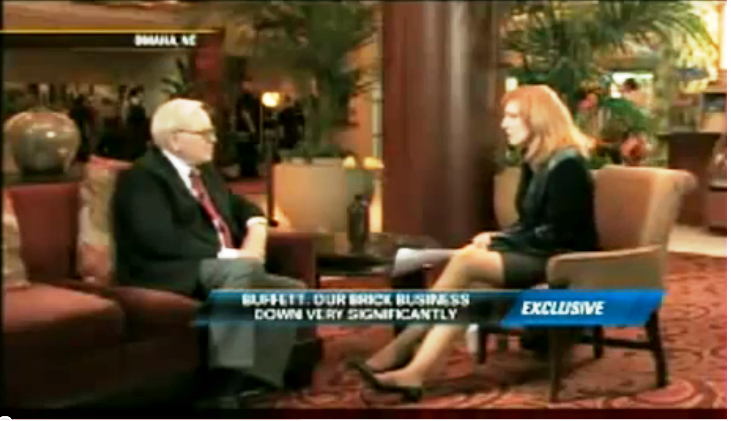
GUERRILLA MARKETING REFERS to a type of unconventional marketing that relies on energy, time and imagination to realize sales. Guerrilla marketing is an unconventional type of marketing which focuses on customer interactions in unexpected places. Guerrilla marketing involves PR stunts and product giveaways, among other strategies. Guerrilla marketing is suitable for small businesses hoping to reach out to many people without spending a ton of money, and to large businesses in their mass media campaigns. Recent developments in information and technology have taken guerrilla marketing a notch higher. Guerrilla marketing involves offline and online marketing strategies. Below are some examples of both.
Astroturfing is a type of guerrilla marketing which creates an impression to potential buyers by being spontaneous and dominating. This type of guerrilla marketing is often used in blogs and by people who have been paid by the company selling the products. This method of guerrilla marketing is also very popular with politicians seeking elective office. The company or companies’ products are advertised though these blogs, commonly referred to as flogs.
Another type of guerrilla marketing is viral marketing. In viral marketing, web users are induced to pass on information about a company’s products to other users or websites. Viral marketing is based on the premise that people like sharing information and, hence, information about the company’s products or services will be passed on to other users willingly. Another aspect of viral marketing is exclusivity. In some instances, information to be passed around may only be accessible to a limited number of people. This type of guerrilla marketing uses three tools to reach potential customers. For starters, the company may use emails to reach the people; secondly, the company may use emails plus websites.
Companies may also use websites recommending the users to visit certain sites or pages. There are different types of viral marketing. The first type of viral marketing involves branding rather than selling the company’s products. This type of viral marketing uses interactive websites with user generated content. The second type of viral marketing involves the give-away of free samples of products or entry into contests, e.g. sweepstakes. In the third scenario, a company may have valuable information about its products, which is passed along to interested parties.
Another type of guerrilla marketing is known as undercover marketing. This type of marketing is also known as word-of-mouth marketing or buzz marketing. Under this type of marketing, information about a company’s products is passed around orally. Undercover marketing may also encompass education and influencing people’s opinions so that they can buy the product. An important aspect to note about buzz marketing is that information passed around through social network sites, e.g. Facebook and Twitter, is also considered to be a form of buzz marketing.
Lastly, tissue packing advertisement is another type of guerrilla marketing. This type of advertising was first used in Japan. Under this type of guerrilla marketing, advertisements are placed on tissue papers. Consequently, information about the products being advertised stays with the user until the tissue is used. It should be noted that advertisements are not only limited to tissue but to other products as well.






















